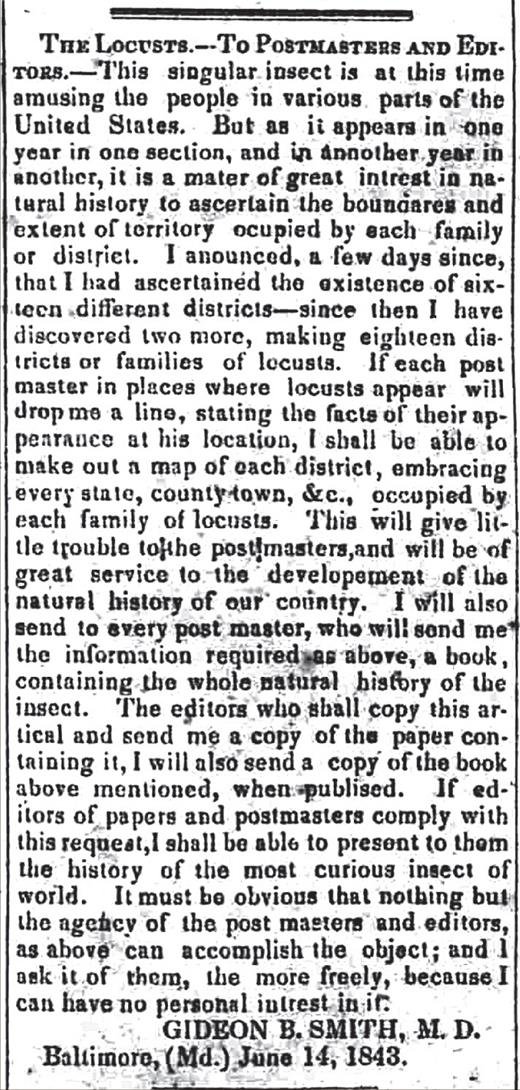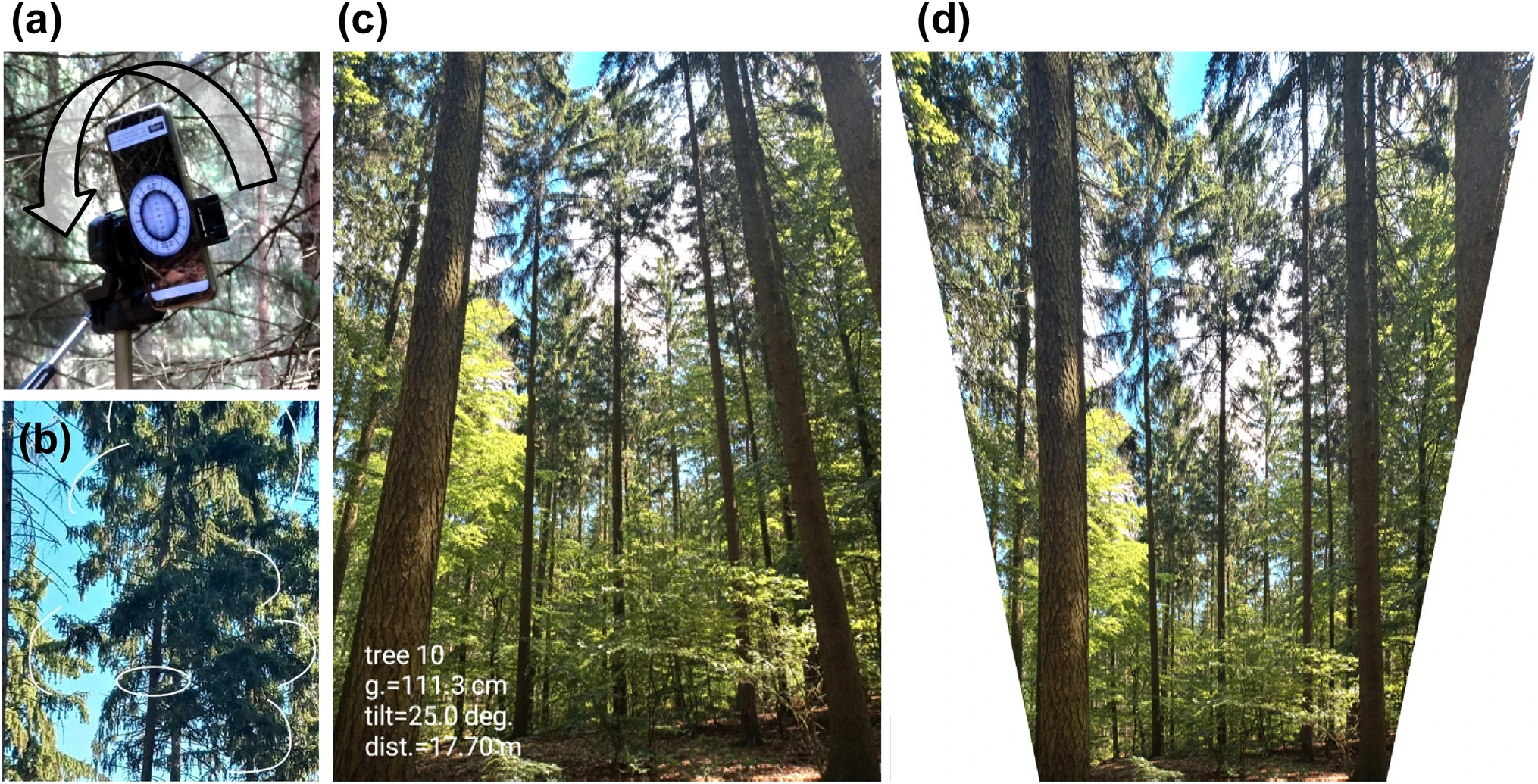'Cicada' Nominated as 2021 Word of the Year 6/10 by Merriam Webster
Other nominated words include 'vaccine' , 'perseverance', and 'woke'. Interestingly, this list is curated based on the amount of times a word was looked-up in the Merriam Webster online dictionary. There was a particular increase of the lookup for the word 'cicada' during May/June 2021, when Brood X emerged across eastern US.
Before seeing the news messages about Brood X last summer I did not know much about cicadas , and it is very likely that I was one of the users who contributed to the 1442% increase of lookups of this word in May 2021. Periodical cicadas emerge across the US and other countries in different Brood cycles almost every year. So I am wondering why the insect gained so much popularity this year. Are there any connections between Brood X's geographic location, the pandemic, and the surge in news items? Why are North American periodical cicada broods so well studied and mapped compared to other Cicada species across the world? What is it about this particular Brood X species, or their current circumstance, that causes this increase in attention?
https://www.merriam-webster.com/words-at-play/word-of-the-year/cicada




